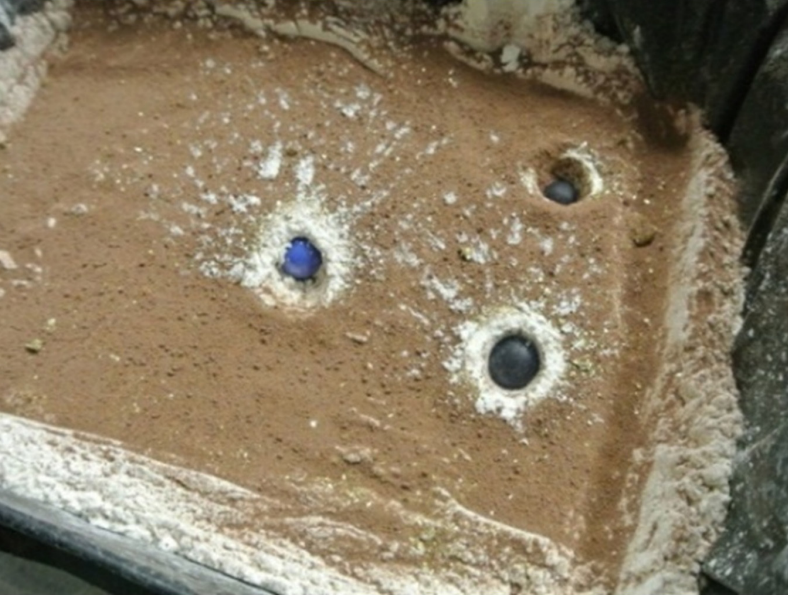Signes avant-coureurs d'une étoile filante - Comètes, météores et cratères dans le système solaire
Pour de nombreuses civilisations anciennes, le récit d'une étoile filante était un présage. Dans cette série d'activités, les élèves apprendront qu'une étoile filante ou un météore est en fait un morceau de roche qui s'illumine lorsqu'il traverse l'atmosphère terrestre. Ils apprendront également pourquoi cela se produit et étudieront comment les cratères se forment lorsqu'un météore frappe la surface d'une planète. Les activités de prolongement se concentrent sur les raisons pour lesquelles de petits météores peuvent causer de grands cratères d'impact et pourquoi nous trouvons si peu de cratères sur Terre.
Sujet : Astronomie, Science Objectifs d'apprentissage :
- Apprenez qu'une étoile filante, ou météore, est la lumière produite par un météore traversant l'atmosphère terrestre.
- Comprendre comment des objets se déplaçant à grande vitesse dans l'atmosphère terrestre peuvent provoquer une compression rapide de l'air, ce qui entraîne une forte augmentation de la température.
- Réaliser des expériences scientifiques, en particulier pour étudier comment les roches produisent des cratères.
Tranche d'âge :
10-12 ans
Temps
Leçon : 2 à 2,5 heures
Ressource disponible en :
Mots-clés :

Extraction de l'eau du sol lunaire - Apprendre la filtration et la distillation
Brève description : Dans cette ressource, les élèves apprendront les changements d'état de la matière en utilisant l'eau sur la Lune comme exemple. Ils interpréteront

Moon Rover - Construction d'un rover à énergie solaire
Brève description : Dans cette activité, les élèves comparent les avantages et les inconvénients des sources d'énergie renouvelables et des sources d'énergie non renouvelables et étudient des circuits électriques simples.

La vie pourrait-elle survivre dans des environnements extraterrestres ? - Définir les environnements propices à la vie
Brève description : Dans cette activité, les élèves se demandent si la vie trouvée dans des environnements extrêmes sur Terre pourrait survivre ailleurs dans le système solaire. Les élèves devront



